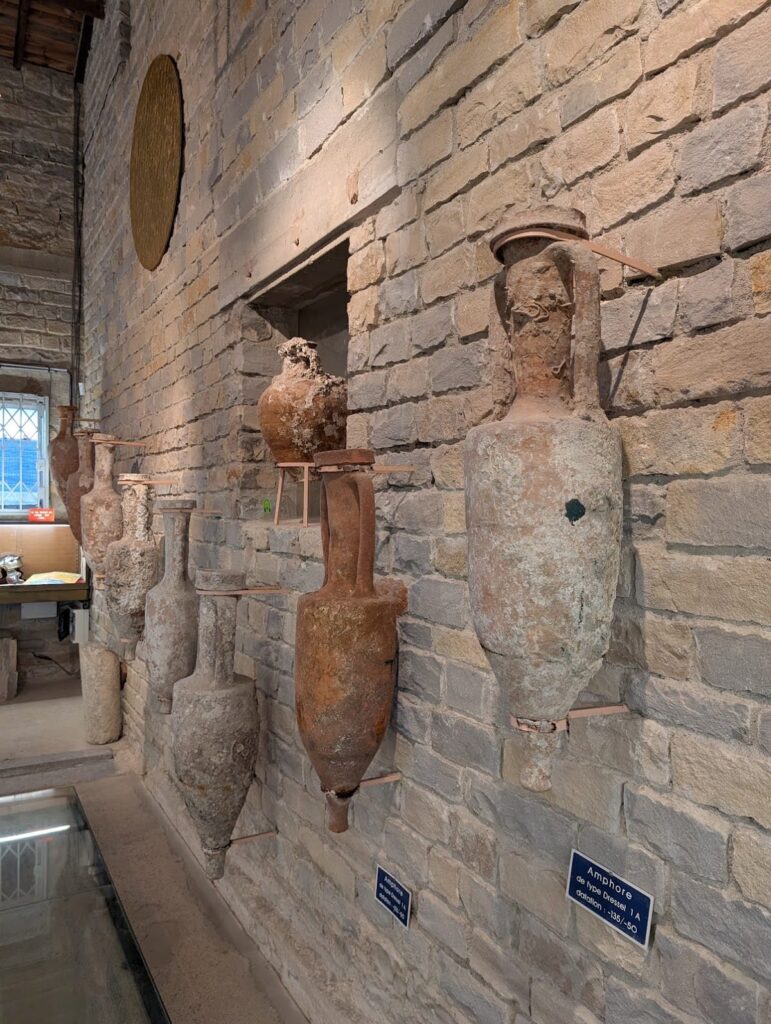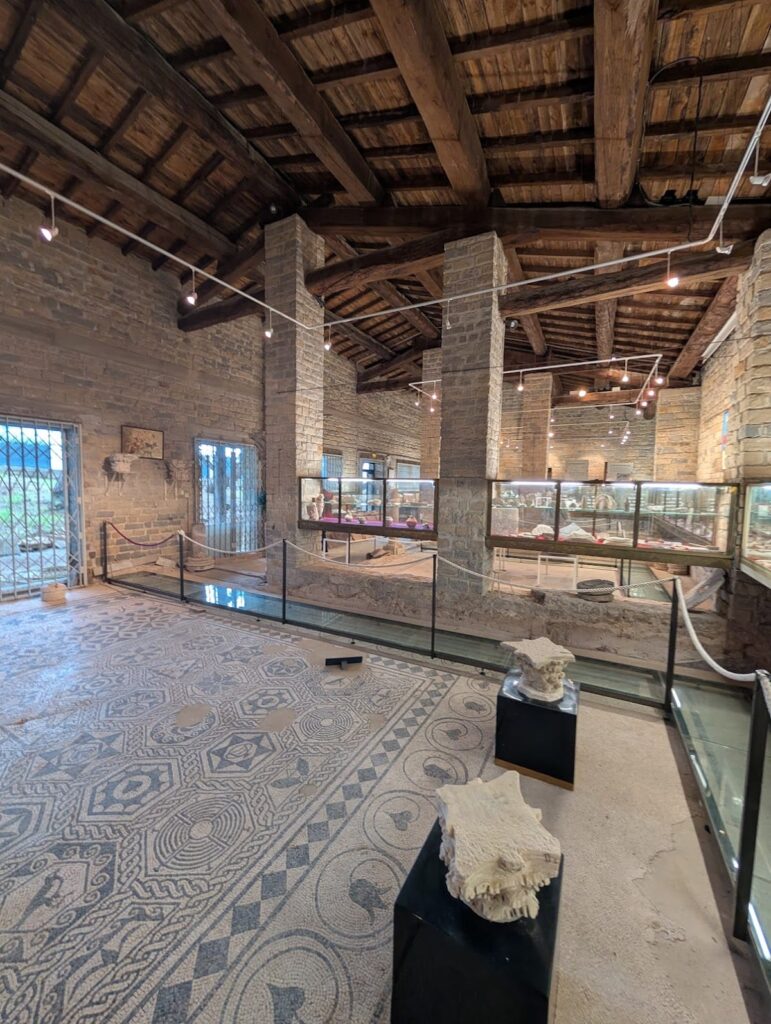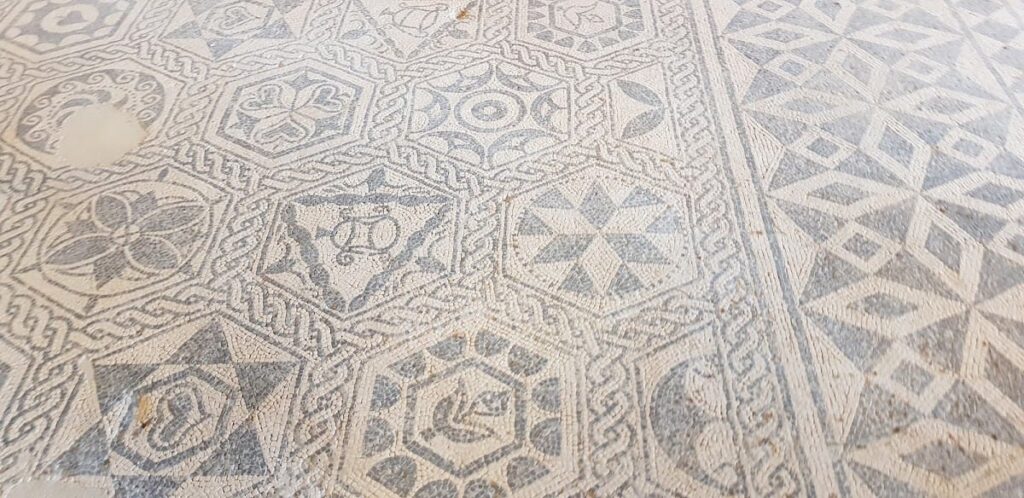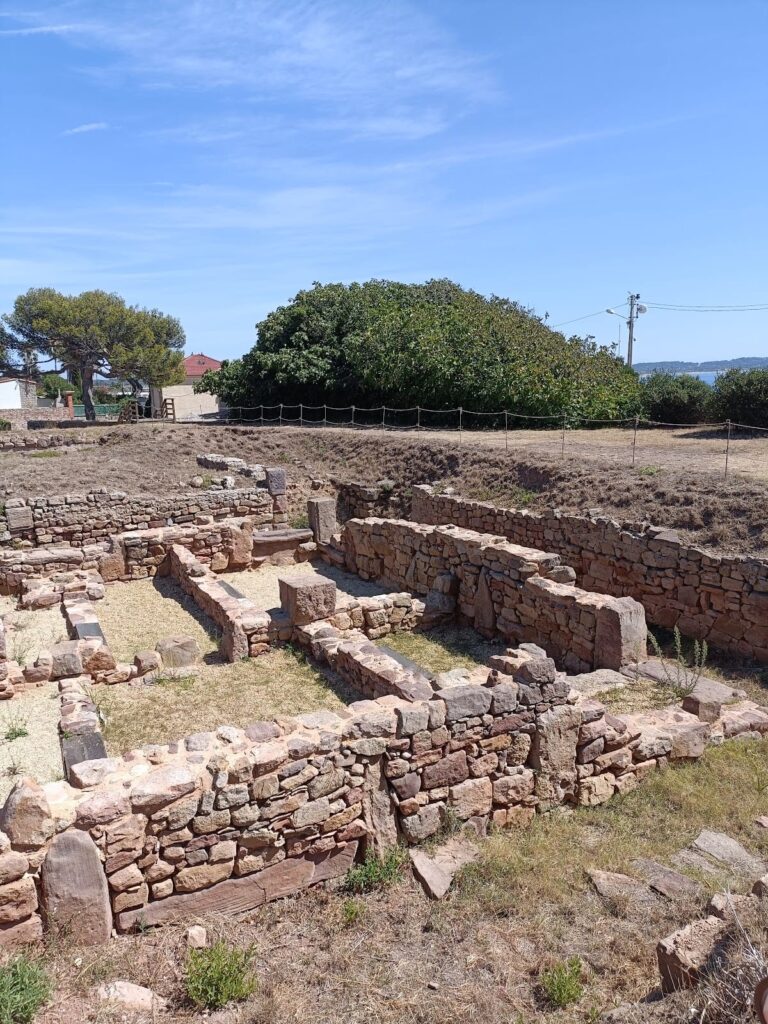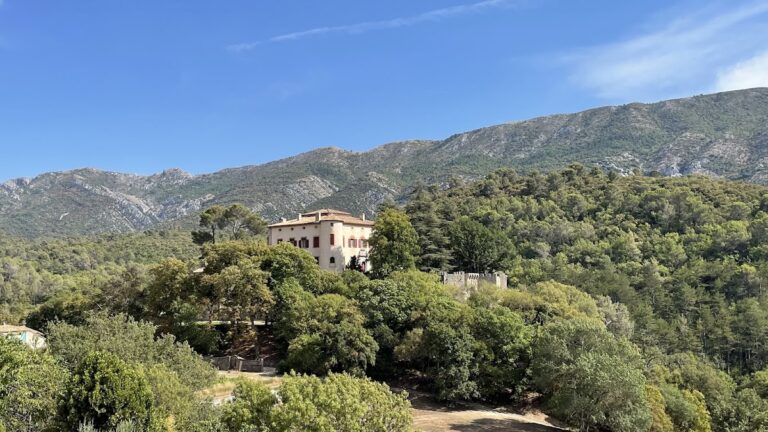Museum Tauroentum: Preserving a Gallo-Roman Villa in Saint-Cyr-sur-Mer
Visitor Information
Google Rating: 4.2
Popularity: Very Low
Google Maps: View on Google Maps
Official Website: www.museedetauroentumsaintcyrsurmer.fr
Country: France
Civilization: Roman
Remains: Museum
History
The Museum Tauroentum in Saint-Cyr-sur-Mer, Provence-Alpes-Côte d’Azur, preserves the remains of one of the rare villae maritimae (seaside villas) in southern Gaul. Constructed in the 1st century AD during the Pax Romana, this coastal estate prospered for generations as part of a large Roman settlement that may have housed as many as 2,000 people. Unlike the more common inland agricultural estates (villae rusticae), Tauroentum stretched along the shoreline, its architecture designed to take advantage of the bay of Les Lecques. A long colonnaded pergola of about 80 metres once faced the sea, marking the villa as an exceptional complex within the region.
Local tradition connects the site with the legendary city of Tauroentum, said to have disappeared beneath the waves in the 3rd century AD. In reality, archaeological evidence indicates that the decline of the villa was accelerated by land subsidence combined with the disruptions of the 3rd century, including external invasions. The abandonment of the estate followed the same trajectory as many Roman coastal settlements during this turbulent period.
Interest in the ruins long predated modern archaeology. Already in the 17th century, during the reign of Louis XIV, antiquarians recognised the site’s importance. Formal excavations began only in the 1920s under Antoine Charras, whose work revealed the structural layout and produced a large collection of artefacts. In 1926 the site was granted protection as a historic monument, ensuring its survival. The creation of the Museum Tauroentum in 1966 provided a permanent institution to conserve and display the discoveries, transforming the villa into both an archaeological and cultural landmark.
Remains
The Museum Tauroentum is constructed directly over the ruins of the Roman seaside villa. Visitors can walk through the remains of walls, foundations, and architectural elements that once belonged to a luxurious residence overlooking the Mediterranean. The layout of the villa demonstrates both its scale and sophistication, with traces of the colonnaded seafront pergola still visible in the archaeological record.
Inside the museum, three galleries present objects uncovered on-site. These include amphorae used in trade, coins that reflect economic circulation, fragments of fine glassware, and a notable series of sepulchres from the associated cemetery. Together they illustrate both the domestic and funerary aspects of life in Roman Tauroentum.
The museum gardens and the elevated position of the villa also contribute to the experience, offering views over Les Lecques bay. This combination of archaeological remains, artefact collections, and preserved landscape makes Tauroentum a rare example of a villa maritima in Gaul, distinct from the inland estates that otherwise dominate the regional archaeological record.
